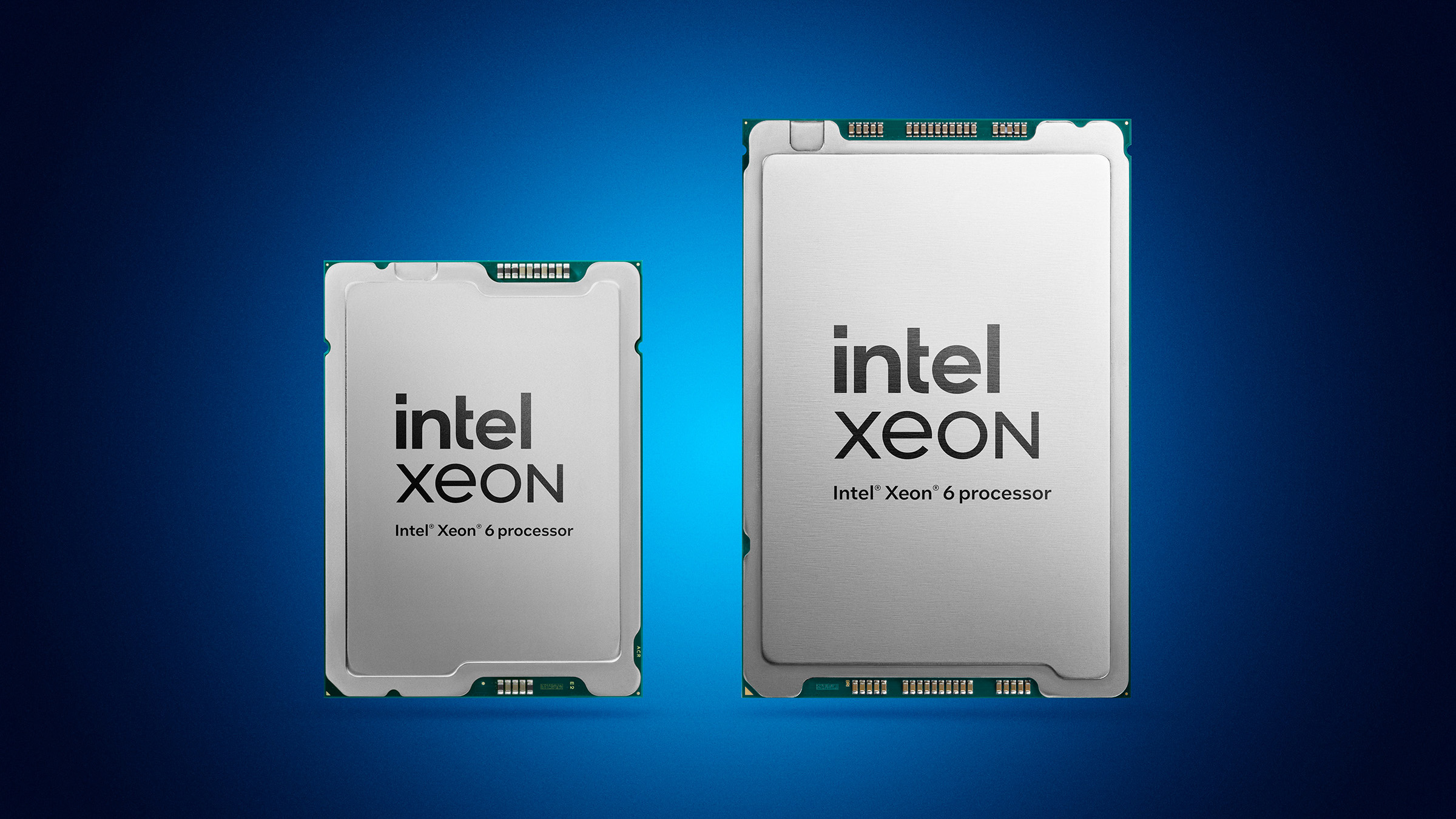기업들이 AI와 같은 차세대 워크로드 수요를 충족하기 위해 인프라를 현대화함에 따라 △데이터센터 △네트워크 △엣지 △PC까지 모든 영역에서 고성능·고효율 컴퓨팅의 수요가 증가하고 있다.

▲인텔 P-코어 탑재 제온 6 프로세서 / (이미지:인텔)
최대 10:1 서버 통합·AI 추론 1.5배 향상
기업들이 AI와 같은 차세대 워크로드 수요를 충족하기 위해 인프라를 현대화함에 따라 △데이터센터 △네트워크 △엣지 △PC까지 모든 영역에서 고성능·고효율 컴퓨팅의 수요가 증가하고 있다.
인텔이 이러한 과제를 해결하기 위한 P-코어 탑재 제온 6 프로세서를 출시한다고 25일 밝혔다.
미쉘 존스턴 홀타우스 인텔 임시 공동 CEO는 “제온 6 제품군은 AI를 위한 업계 최고 수준의 CPU와 혁신적인 네트워킹 기능을 제공하는 동시에 효율성을 높이고 총소유비용(TCO)을 절감한다”고 말했다.
■ AI 추론 1.5배 향상
시장조사기관 IDC에 따르면, AI 도입이 가속화됨에 따라 기업들의 머신러닝 및 분석에 대한 총 지출이 2027년까지 3,610억 달러(약 515조 8,330억 원)에 이를 것으로 전망된다. 이 중 생성형 AI(GenAI)에는 최대 1,530억 달러(약 218조 6,220억 원)가 투입될 것으로 예상된다.
인텔은 AI 생태계 활성화를 위해 실리콘, 소프트웨어 및 솔루션 제공업체와 협력하며, 제온 6을 AI 시스템을 위한 CPU로 더욱 강화하고 있다.
최신 인텔 제온 6 프로세서는 데이터센터와 네트워킹 분야에서 성능 향상을 제공한다. 최신 데이터센터에 최적화된 CPU인 P-코어를 탑재한 인텔 제온 6700/6500 시리즈 프로세서는 이전 세대 대비 평균 1.4배 성능을, 5세대 AMD EPYC 프로세서와 비교해 1/3 더 적은 코어로 최대 1.5배의 AI 추론 성능을 제공한다고 전했다.
제온 6 프로세서는 와트당 성능 효율성을 구현해 평균적으로 5년 된 서버를 5:1 비율로 통합할 수 있으며, 일부 사용 사례에서는 최대 10:1의 통합을 지원해 총소유비용을 최대 68%까지 절감한다고 설명했다.
네트워크 및 엣지를 위한 인텔 제온 6은 고성능과 전력 효율성을 갖춘 시스템온칩(SoC)으로, 가상 무선 액세스 네트워크(vRAN), 미디어, AI, 네트워크 보안을 위한 인텔의 내장 가속기를 활용해 AI 중심 환경에서 증가하는 네트워크 및 엣지 수요에 대응한다.
■ 첨단 네트워크 구축 지원
5G와 AI가 연결성을 혁신하는 시대에 기존의 네트워크 최적화 전략만으로는 한계가 있다. 차세대 네트워크와 연결성의 잠재력을 극대화하기 위해 통신 사업자들은 네트워크 슬라이싱, AI 기반 무선 컨트롤러, 클라우드 네이티브 아키텍처와 같은 기술을 도입하고 있다.
인텔 제온 6 SoC는 웹루트 CSI 업로드 모델 추론 속도가 인텔 제온 D-2899NT 대비 최대 4.3배 빠르며, AI RAN의 코어당 성능이 vRAN 부스트를 통해 이전 세대 대비 최대 3.2배 향상됐다. 38코어 시스템은 비디오 엣지 서버에서 int8 추론을 통해 최대 38개의 카메라 스트림을 동시에 처리할 수 있다.
또한 인텔은 기업, 통신, 클라우드, 고성능 컴퓨팅(HPC), 엣지 및 AI 애플리케이션의 증가하는 수요를 충족하기 위해 새로운 이더넷 컨트롤러 및 네트워크 어댑터 제품군 2종을 공개했다.
인텔 이더넷 E830 컨트롤러 및 네트워크 어댑터는 최대 200GbE 대역폭, 유연한 포트 구성, 정밀 시간 측정(PTM)을 제공하며, 인텔 이더넷 E610 컨트롤러 및 네트워크 어댑터는 컨트롤 플레인(Control Plane) 작업에 최적화된 10GBASE-T 연결을 지원한다.
